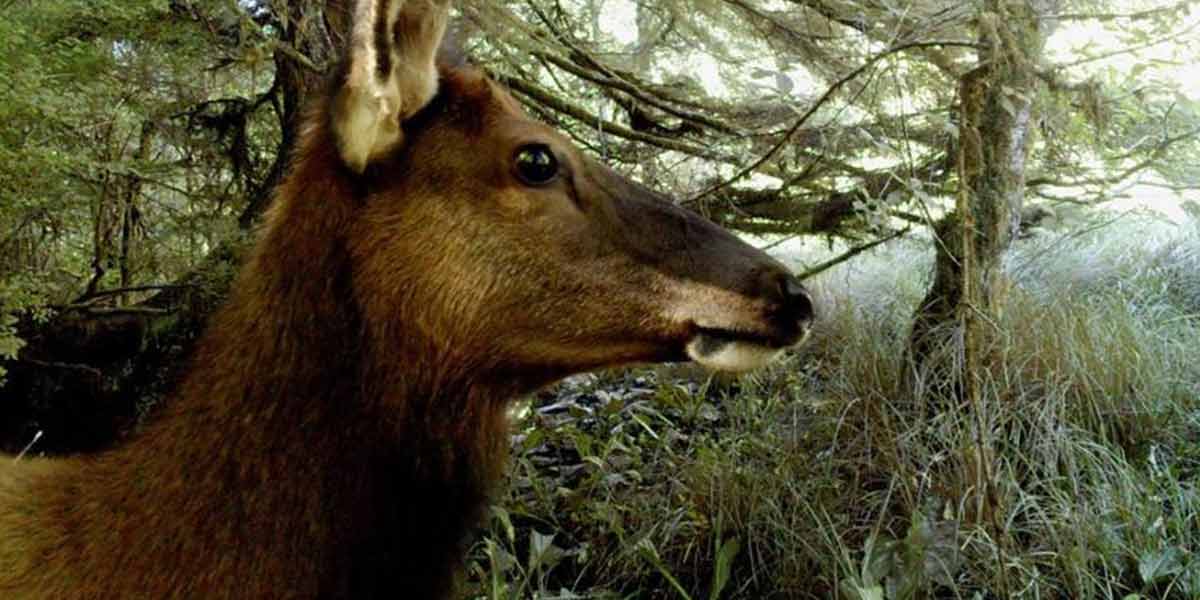You’ll find it nearly straight west of Portland near the small town of Manzanita on the Oregon Coast. A roadside marker along U.S. Highway 101 gives travelers a chance to stop, stretch their legs and read about Roosevelt elk in Oregon.
Here is how it reads:
Roosevelt Elk
Elk have populated Oregon’s north coast for thousands of years. A legend holds that the name of this mountain – Neahkahnie – is derived from the Spanish ¡Carne! (Meat!) exclaimed by explorers when they saw elk on these slopes.
A Lifesaving Resource
Elk provided a reliable food source for local Native Americans, explorers, and early settlers. During their winter sojourn at Fort Clatsop (1805-1806), the Lewis and Clark Expedition relied heavily on elk. “It we find that the Elk have left us,” noted William Clark in his journal on March 5, 1806, “we have determined to assend the (Columbia) river slowly and endeaver to precure Subsistance. . . .”
Wanton slaughter and commercial hunting brought the state’s elk population to the brink of extinction by the late 1890s – only a few small herds remained in remote areas of the Coast Range. Oregon’s Legislature protected elk in 1899, and it was thirty years before hunting was again allowed.
During the 1960s, and 1970s, elk transplanted by the state from the North Coast, re-populated the Cascade and Coast ranges. Today, thousands of these majestic animals thrive along this coast, providing recreation opportunities for hunters and wildlife viewers. Jewell Meadows Wildlife Area, 10 miles north of Highway 26, is an excellent place to view elk.
Erected by the Oregon Department of Transportation, the marker is part of the Lewis & Clark Expedition marker series.
(Photo source: Chris Rowley)
